How To Seek Comfort: Getting Through the Tough Parts Together in Lish McBride’s Uncanny Romances
Comment number:
0
Advertisement
Showing 14 results
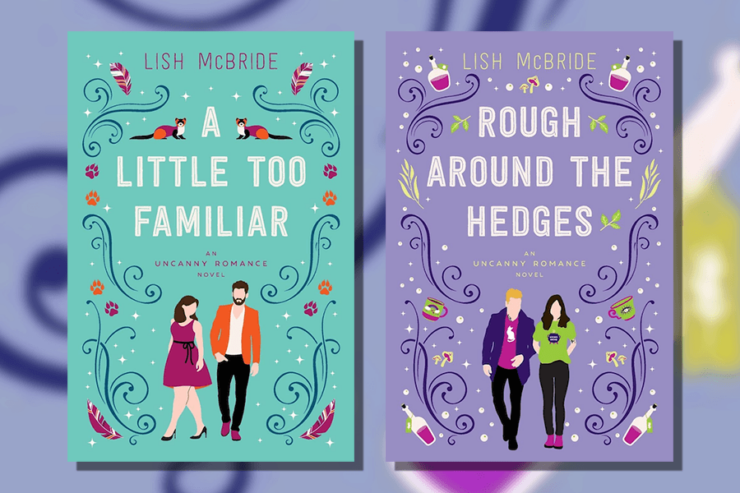

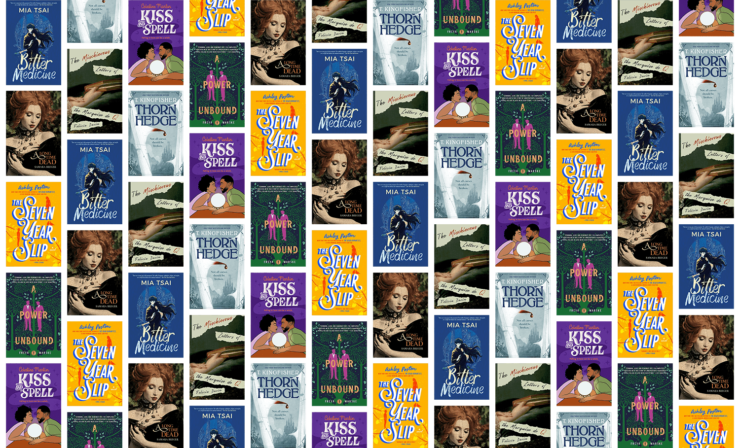

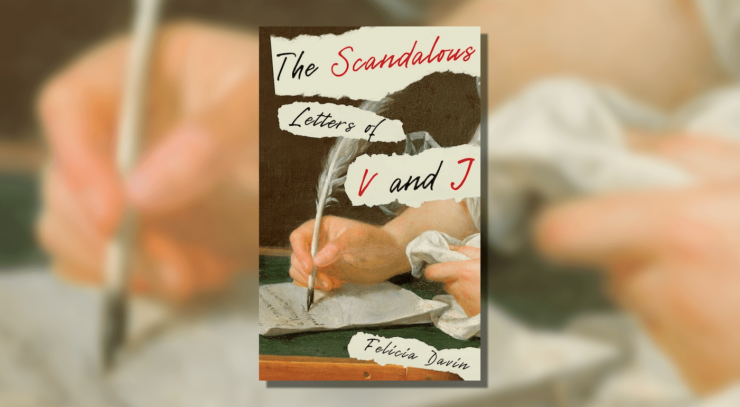

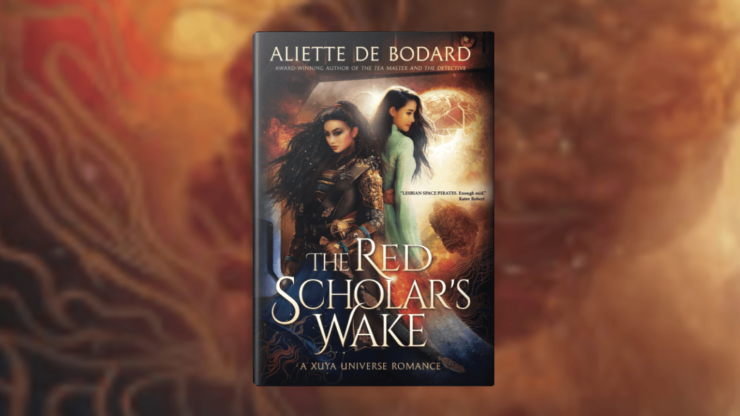
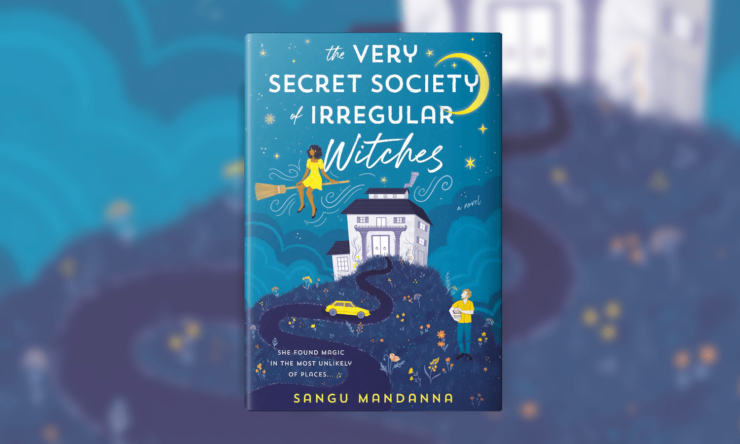
“You want stories?" Thom Merrilin declaimed. "I have stories, and I will give them to you. I will make them come alive before your eyes.”
Robert Jordan, The Eye Of The World
For compliance with applicable privacy laws:



